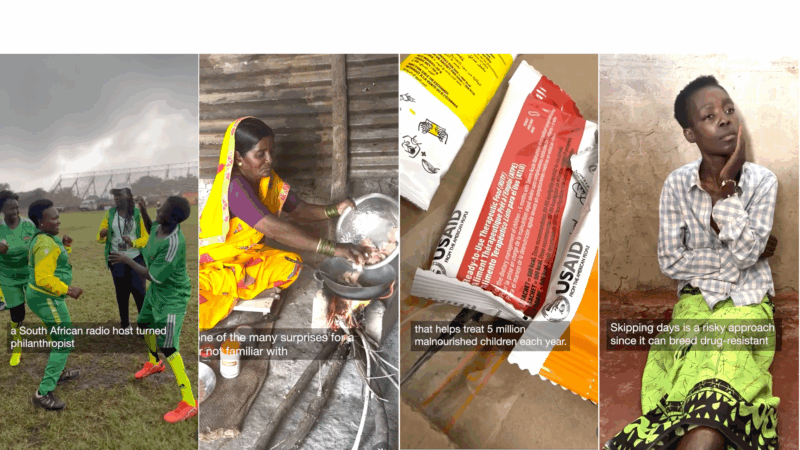What Stands in a Storm
Monday marks the fourth anniversary of a massive tornado outbreak where 62 tornados raked across Alabama in a single day. More than 250 people died from those storms on April 27, 2011. Writer Kim Cross chronicles that time through several personal stories in her book What Stands in a Storm. It grew out of an article she wrote for Southern Living magazine. She spoke with WBHM’s Andrew Yeager.
An extended interview:
Interview Highlights
Developing the book:
I really started by looking at children’s books about meteorology to understand the basics of tornados. And then from there I graduated to textbooks and a lot of interviews with meteorologists. I wanted to wrap my head around the magnitude of the storm…That one day was part of a three day outbreak that affected 21 states from Texas to Canada. It was just massive.
I wanted to understand the event and then I wanted to tell it through the people who lived it. I really wanted it to be literary nonfiction where it reads like a novel but it’s all based on reported fact.
How technology helped her reporting:
The families of several victims friended me from from their victims’ Facebook page and they also shared with me text conversations recovered from their phones. And between these two things I felt like I was able to really get verbatim dialogue that was timestamped and that reflected what they were thinking at a very specific moment in time. So whenever I say that someone is thinking something or express their inner thoughts like a novelist would, that comes from either a social media post or a text or something that they said they were thinking to a primary source that was able to recount it to me.
Reaction from victims’ families:
One of the things that I did to fact check this that I don’t think a lot of journalists do is I sat down with each of the families and had a private reading where I read aloud every chapter in which their loved one appeared…I wanted to make sure the first time they experienced it was with me and not alone in a room and we cried together. We cried the ugly cry. And it was really good for both of us. And it was closure I think in this big long really difficult process.
Top Instagram reels from Goats and Soda in 2025: Plumpy’Nut, aid cuts, soccer grannies
Our most-viewed Instagram videos include reports from a Rhode Island factory that makes special food for malnourished children and from a tournament for soccer-playing "grannies."
Should the U.S. model its vaccine policy on Denmark’s? Experts say we’re nothing alike
The Trump administration wants to revamp U.S. childhood vaccination recommendations to align with some other peer nations, including one tiny country in northern Europe.
Marijuana rescheduling would bring some immediate changes, but others will take time
President Trump set the process in motion to ease federal restrictions on marijuana. But his order doesn't automatically revoke laws targeting marijuana, which remains illegal to transport over state lines.
Why do airline computer systems fail? What the industry can learn from meltdowns
Alaska Airlines is the latest airline to ground its planes because of an IT meltdown. We talked to industry leaders about why these systems fail, and what airlines can learn from past disruptions.
Want a stronger body this year? Our newsletter can help you reach your goal
If your New Year's resolution is to start resistance training, Life Kit is here to help. Sign up for our Guide to Building Strength and get a month of expert tips on how to create a lasting routine.
As insurance prices rise, women puzzle through coverage options for their families
Figuring out the insurance options for families often falls to women. Some say they're delaying marriage, taking side jobs, and putting their kids on Medicaid as premium prices shoot up in 2026.








